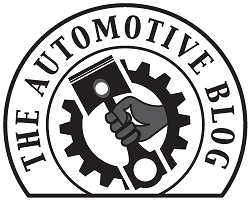|
Listen to the article
|
Fiat Chrysler and PSA announced on Monday that the company’s investors had given their consent in relation to a $52 billion merger to create the world’s fourth-largest automaker, and shares of the new company, dubbed Stellantis, would start trading in two weeks.
The newly-formed firm is expected to play a key role in the auto industry’s electrification since it will have an annual production of around 8 million cars around the world and revenues of over $203 billion.
The merger, as mentioned above, is dubbed ‘Stellantis’. It will have 14 brands, from Fiat, Maserati, Jeep, Ram and Dodge to PSA’s Europen companies such as Peugeot, Opel, DS and Citroen.
Also Read: Formula One’s First race might be delayed
During the announcement, both the FCA and PSA declared that their tie-up will be completed on the 16th of January.
FCA and PSA said they expected to complete their tie-up on Jan. 16, ahead of an earlier indication which aimed for a closing within the first quarter of this year. Stellantis shares will start trading in Milan and Paris on Jan. 18, and in New York the following day, the two automakers said in a joint statement.
At two extraordinary shareholder meetings, held virtually on Monday due to the coronavirus pandemic, investors in both groups backed the merger with approval rates above 99% of the votes cast.
Commenting on this merger, PSA Chief Executive and future CEO of Stellantis said “We are ready for this merger”
FCA Chairman John Elkann, the future chairman of Stellantis, said the new automaker would “play a leading role as the next decade redefines mobility”. FCA CEO Mike Manley – who will head Stellantis’ key North American operations said: “ 40% of the expected synergies from the merger – projected at more than 5 billion euros, will come from the convergence of platforms and powertrains and from optimising R&D investments.
Manley said 35% of synergies would be driven by savings on purchases, while another 7% would come from savings on sales operations and general expenses” The remainder of the synergies are expected from the optimization of other functions including logistics, supply chain, quality and after-market operations, he added.
What are your thoughts on this merger? Let us know in the comments below.
